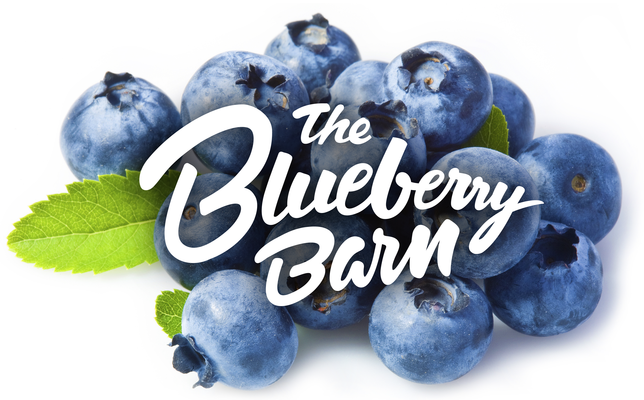The difference between these yummy spreads is how the fruit goes in:
- Jelly – The fruit is juiced. Jelly has a smooth, often clear consistency.
- Jam – The fruit comes crushed. It's not as stiff as jelly and isn't clear.
- Marmalade – The fruit is in chunks and suspended in a gel or syrup. In the USA, marmalade is usually reserved for citrus fruits and incorporates the peel.
- Preserves – This a type of marmalade and will have more fruit in it than jams.
Which One Should I Use? Jam, Jelly or Preserves?
Which blueberry spread should you use? That depends on what you want to use it on.
For toast and sandwiches, jelly or jam will spread better. For cooking, go for preserves to get more actual fruit and a stronger flavor.
To me, you can't be a jar of blueberry jam. It's packed with healthy blueberries and the chunky texture is great with a warm biscuit or even over a scoop of ice cream.
If you're looking for a quick and tasty blueberry jam recipe, check out this one with fresh or frozen blueberries and thyme!

